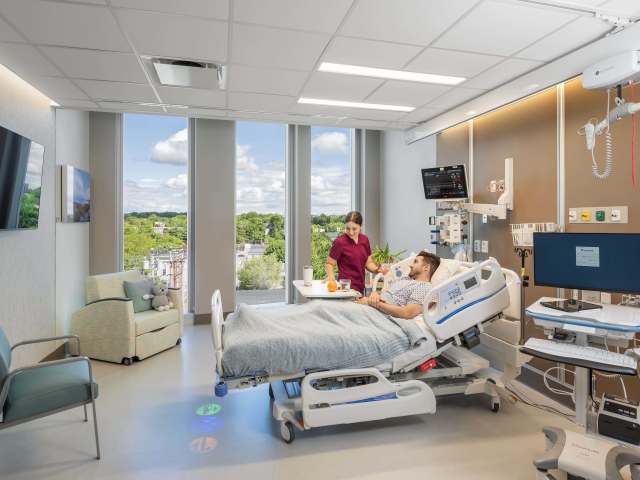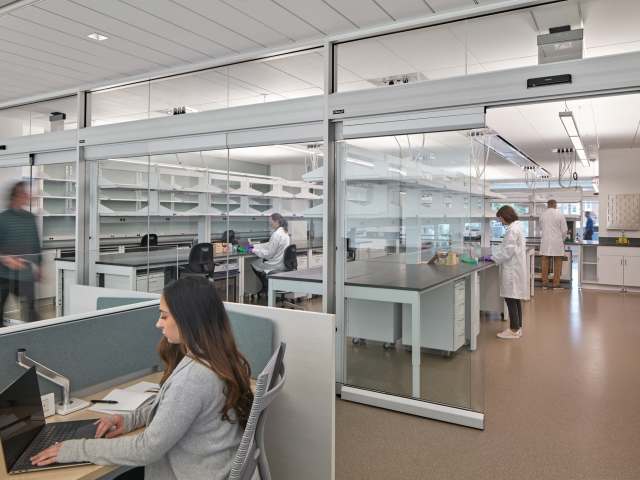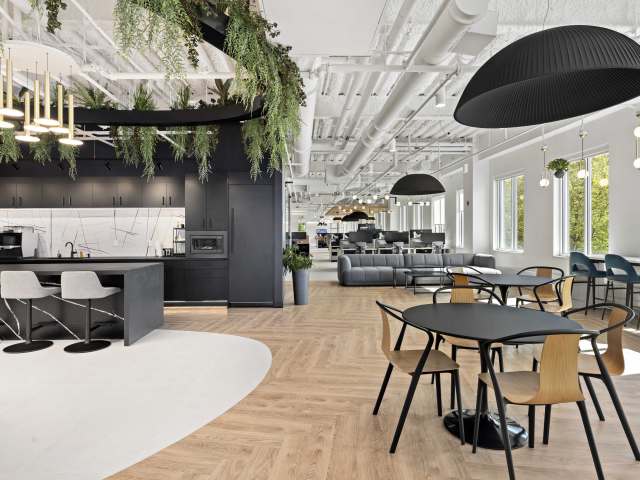4 Thoughtful Ways to Support Neurodiversity in Classroom Design
It is not just about furniture; it is about empowering students with options so that they thrive in spaces that accommodate their individual learning styles and preferences.
Personalizing spaces to optimize productivity, comfort and overall potential is at the heart of what we do. Workplaces, schools and universities recognize the importance of tailoring physical environments to meet students' unique needs. It is not just about furniture; it is about empowering students with options so that they thrive in spaces that accommodate their individual learning styles and preferences.
Dr. Dieter Breithecker, Health and Kinetics Scientist, urges the importance of providing learning environments that make students feel well. Because the entire student – body, mind and soul – enters a classroom each day, the way they feel inside their classroom will affect their productivity and how well they learn.
Here are 4 elements our team considers when creating or refreshing learning environments to help support neurodiversity in the classroom.
1. Controlling Acoustics: Controlling sound is paramount in creating conducive learning environments. In addition to traditional solutions, like carpeting, we use innovative products such as hanging dividers, drapery, and sound-absorbing floor and wall tiles, like the products offered by FilzFelt. These elements enhance sound absorption and minimize distractions, fostering focused learning.
2. Intentional Color Choices: Color psychology plays a significant role in shaping emotional responses. Studies have shown that certain colors, such as blues and greens, have a calming effect, while other colors may induce stress or negativity. By thoughtfully incorporating colors into classroom design, we can create atmospheres that promote positive emotions and support students’ well-being.
3. Adjustable Lighting: Lighting can greatly impact students’ comfort and focus levels. Overly harsh or dim lighting can lead to overstimulation or fatigue. Our approach includes providing adjustable lighting options to cater to individual preferences.
4. Encouraging Movement: Flexibility is key in accommodating diverse learning styles. Offering a variety of seating and workstation options, including adjustable-height furniture, allows students to adapt their environment to suit their needs as they change throughout the day. Additionally, creating designated areas for different tasks, such as quiet zones with optimal acoustics and comfortable seating, promotes organization, routine and comfort.
Incorporating these 4 thoughtful design elements into classroom spaces not only supports neurodiversity but also enhances overall learning experiences. By prioritizing students’ unique needs and preferences, we create environments where every individual can thrive academically and emotionally.
"By addressing these aspects of the learning environment, we are enabling a level of growth and development that will impact our communities, workplaces and country in the future." – Margaret Walsh – Vice President, Sales (Creative Office Resources)
Together, we can re-imagine your classroom to foster inclusivity, creativity and success for all learners.
Additional Reading: Supporting Neurodiversity In Classrooms & Beyond
- Spaces in Motion: Designing Healthy School Environments, VS America Spaces in Motion: Designing Healthy School Environments, VS America Link
- Designing For Neurodiversity, Teach Online, Arizona State University (London Skiles) Designing For Neurodiversity, Teach Online, Arizona State University (London Skiles) Link
- Why It's Important To Embrace Neurodiversity In The Workplace, Forbes (Pamela Furr) Why It's Important To Embrace Neurodiversity In The Workplace, Forbes (Pamela Furr) Link
- Unlocking Focus, Walturn (Hashim Hayat) Unlocking Focus, Walturn (Hashim Hayat) Link
- Neurodiversity in the Classroom: A Teacher's Guide, Education Elephant Neurodiversity in the Classroom: A Teacher's Guide, Education Elephant Link
























